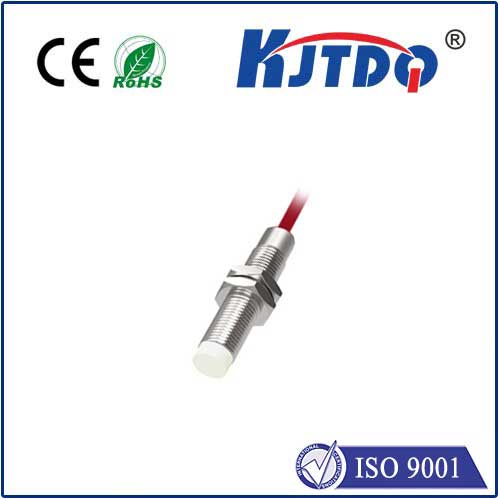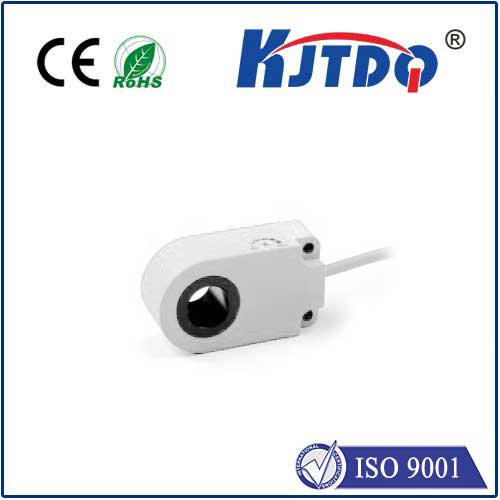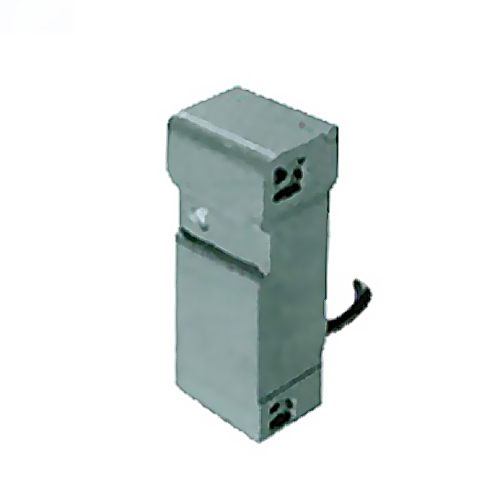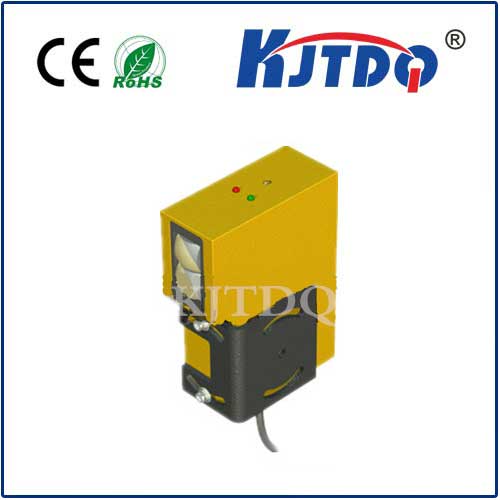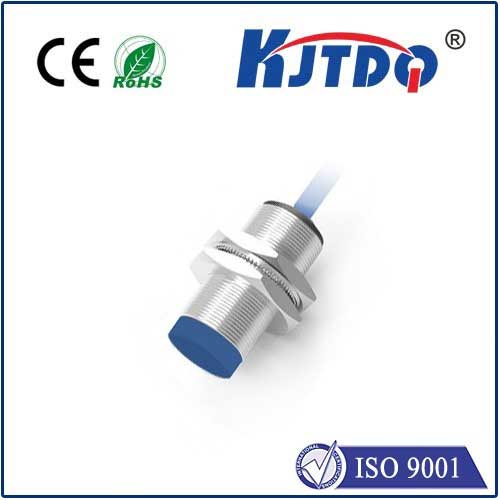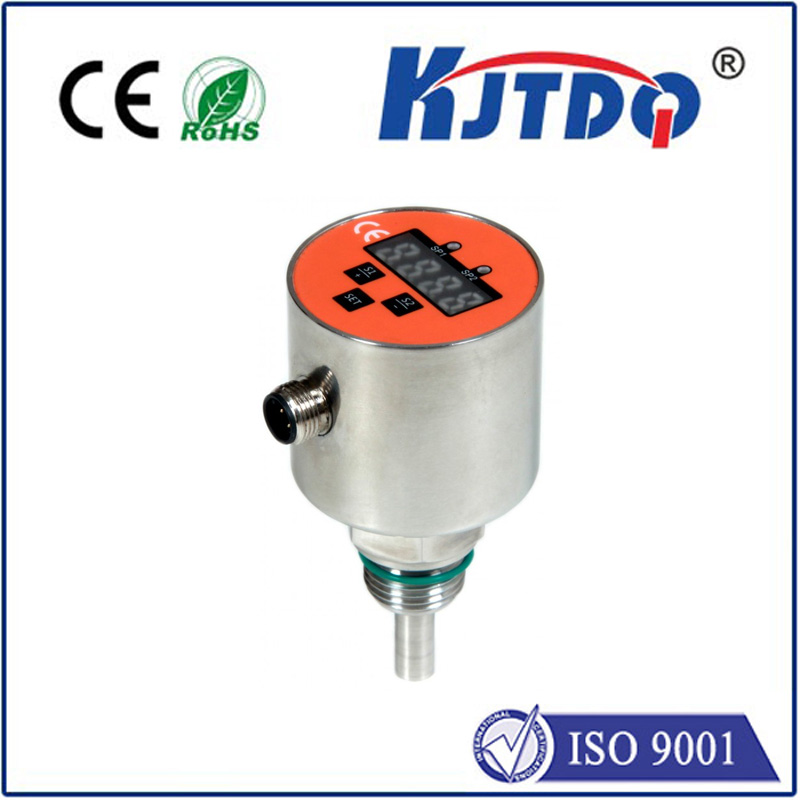E3Z-LS83 0.5M Photoelectric sensor
- time:2025-09-25 14:52:33
- Click:0
E3Z-LS83 0.5M Photoelectric Sensor: Uncompromising Detection in Compact Spaces
Imagine a critical point on a high-speed assembly line where parts move swiftly into a tiny enclosure. Reliable detection here isn’t just convenient – it’s essential for preventing jams, ensuring quality, and maintaining uptime. Yet, space is severely constrained, demanding a sensor that’s both powerful and minute. This is precisely the domain where the Omron E3Z-LS83 0.5M Photoelectric Sensor excels, offering robust through-beam detection in an incredibly compact package. For engineers battling spatial limitations without sacrificing performance, this sensor emerges as a vital solution.
Understanding the Core: Through-Beam Precision
The ‘LS’ designation in E3Z-LS83 signifies its operation as a through-beam sensor. This principle involves two distinct components: an emitter (E3Z-LS83 in this case, identified as the ‘LS’ unit) sending out a beam of light, and a separate receiver unit designed to detect that specific beam. When an object interrupts the beam between the emitter and receiver, the sensor triggers a signal. This method is renowned for its exceptional detection reliability, long sensing ranges relative to size, and remarkable immunity to factors like target color, reflectivity, or surface finish.
Why the 0.5M Range Matters
The “0.5M” clearly indicates the specified sensing distance. This sensor is calibrated for optimal performance when the emitter and receiver are positioned precisely 0.5 meters apart. While photoelectric sensors often have permissible ranges, designing around this specified distance ensures maximum signal strength, resilience against misalignment, and consistent operation. It defines the ideal working gap for this specific model, making it perfect for applications needing reliable detection across half-meter spans.

The E3Z-LS83’s Compact Powerhouse Features
Despite its small form factor, the E3Z-LS83 packs a significant punch:
- Exceptional Miniaturization: Its remarkably small size is a standout feature. This allows installation in locations where traditional sensors simply wouldn’t fit – within tight machinery frames, small enclosures, or on miniaturized automation equipment. Space savings become a direct operational advantage.
- IP67 Ruggedness: Encased in a robust housing, the E3Z-LS83 boasts an IP67 rating. This signifies outstanding protection against dust ingress and the ability to withstand temporary immersion in water (up to 1m for 30 minutes). It thrives in challenging industrial environments exposed to washdowns, coolants, or pervasive dust – reliability isn’t sacrificed for size.
- Long-Range Performance in Miniature: Achieving a consistent 0.5m sensing range within such a tiny housing is a testament to Omron’s optical engineering. It delivers the long-range, high-reliability benefits of through-beam sensing without the bulk often associated with it.
- Advanced Red LED Emission: Utilizing a bright red LED light source offers excellent visibility for simplified alignment during setup and troubleshooting. It also provides good contrast detection capabilities across diverse target types.
- M8 Quick-Disconnect Convenience: Featuring a standard 4-pin M8 connector, installation and replacement are significantly streamlined. This plug-and-play design minimizes downtime during maintenance or system reconfiguration.
- Industrial Resilience: Engineered for longevity, the E3Z-LS83 offers excellent resistance to ambient light interference and operates reliably across a wide voltage range (12-24 VDC), ensuring compatibility with common industrial control systems. Its long operating life reduces maintenance frequency and costs.
Superior Performance: Why Through-Beam?
Choosing the E3Z-LS83’s through-beam principle over other photoelectric modes (like diffuse or retro-reflective) brings distinct advantages:
- Highest Reliability: Since the receiver detects only the emitter’s specific beam, it’s far less susceptible to false triggers from background objects, reflective surfaces, or ambient light variations.
- Longer Effective Range: For its size, achieving a reliable 0.5m range is significantly easier and more stable with through-beam compared to diffuse mode.
- Target Agnosticism: Detection is based solely on beam interruption, not reflection. This means it reliably detects objects regardless of color (black, white, transparent), surface texture (matte, glossy), or material.
- Simplified Setup (in concept): While alignment is critical, the principle itself is straightforward: point the emitter at the receiver and ensure the beam is clear for the “no object” state. Getting the initial alignment right is key.
Key Applications: Where the E3Z-LS83 Shines
Its unique combination of compactness and robust through-beam performance makes the E3Z-LS83 0.5M ideal for:
- Miniature Assembly & Handling: Detecting small components, PCBs, or connectors within confined automated assembly stations or feeders.
- Compact Packaging Machinery: Verifying package presence, flap position, or label application in small-footprint packaging equipment where space is premium.
- Conveyor Gap Monitoring: Safeguarding transitions between conveyors spaced 0.5m apart, detecting jams or misaligned products.
- Small Robotics: Integrating into robotic grippers or arms for part presence verification or end-of-arm tooling actuation, where sensor size is critical.
- Precision Entry/Exit Detection: Monitoring access points on smaller equipment, lock mechanisms, or controlled compartments.
- Anywhere Space is Tight & Reliability is Non-Negotiable: A versatile solution for automation challenges constrained by physical footprint but demanding high-performance object detection.
Optimizing Your E3Z-LS83 Installation
For flawless operation, consider these points:
- Meticulous Alignment: Precise alignment of the emitter and receiver at the 0.5m distance is paramount for strong signal integrity. Use the visible red LED beam and alignment marks on the housing.
- Secure Mounting: Ensure both units are rigidly mounted to prevent vibration or accidental bumping from causing misalignment.
- Clean Optics: Regularly inspect and clean the emitter and receiver lenses. Dust, grease, or moisture buildup can drastically attenuate the light beam.
- Environmental Factors: While rated IP67, ensure cabling and connectors are also appropriately protected, and avoid placing the sensor in extremely high temperatures beyond its specifications.
- Electrical Compatibility: Verify correct wiring to the power supply and load (NPN output configuration is standard for this model), adhering to the datasheet’s connection diagram.
Conclusion: The Compact Guardian
The Omron E3Z-LS83 0.5M Photoelectric Sensor proves that significant detection capability can reside in an exceptionally small footprint. By leveraging the inherent reliability and precision of the through-beam principle at a precisely defined 0.5-meter gap, this sensor solves a critical challenge in modern automation: achieving robust object






